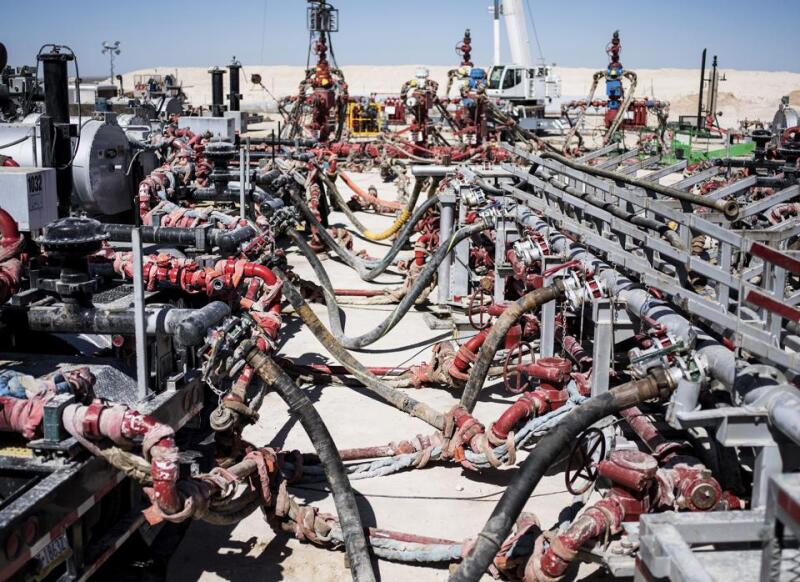You’ve heard about the earthquakes; the controversial claims of flammable tap water; and the potential contamination of streams, lakes, and drinking water aquifers, but the system that’s supposed to pay for these calamities may itself be a pending disaster.

Most states protect taxpayers from cleanup costs by requiring oil and gas producers to buy a surety bond that will pay in the event of a disaster. But those bond amounts, nearly everywhere in the US, are woefully inadequate to pay likely cleanup costs, said Ryan Kellogg, a professor of public policy at the University of Chicago.
“In just about any state, the bond amounts are absolutely laughable,” Kellogg said, calling the system a sham. “The bond amounts are minuscule compared to what reclamation costs often turn out to be.”
And reclamation projects are likely to multiply in coming decades as the more than 1.7 million hydraulically fractured wells in the US age.
The Mineral Leasing Act requires a bond of USD 10,000 for a single lease on federal land. With an average of five wells per lease, that comes to USD 2,000 per well. That number was set in 1960 and has never been increased, according to economists, even to adjust for inflation. Yet, a well blowout can cost tens of millions of dollars to clean up, according to various studies of this issue. A well that’s merely orphaned—abandoned without being properly sealed—costs about USD 13,000 to reclamate.
Sometimes, the responsible party disappears by the time cleanup costs become evident.
“Sometimes you’re able to go back and find the firms and actually make them liable for doing the cleanup,” said Kellogg, an associate with the Energy Policy Institute at Chicago. “A lot of the time … the taxpayers have to clean it up because the firms that caused the problem are long gone and you can’t find them or they’ve gone bankrupt.”
States have bond requirements of their own, but most of those are also inadequate, economists say.
